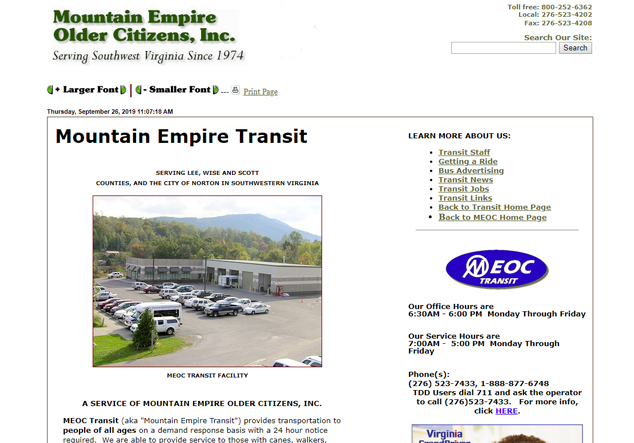Why This Strategy Matters
The population of adults age 65 and over in Buffalo Niagara is increasing, and there are now over 63,000 older adults in the region with a disability. Many older adults, including those with disabilities, prefer to remain in their own home for as long as they are able, according to insights from residents. For these older adults, having access to services that allow them to live comfortably at home and maintain their quality of life is vital. Proper planning for aging in place is critical. Expanding services that help older adults prepare to age in place, by planning for finances, changes in health, mobility challenges, and other concerns, are integral to ensure they maintain their quality of life for as long as possible.







